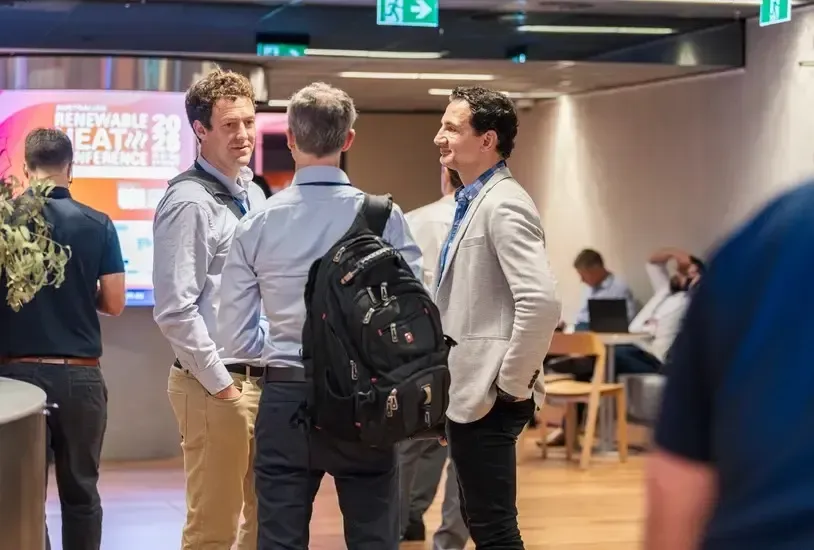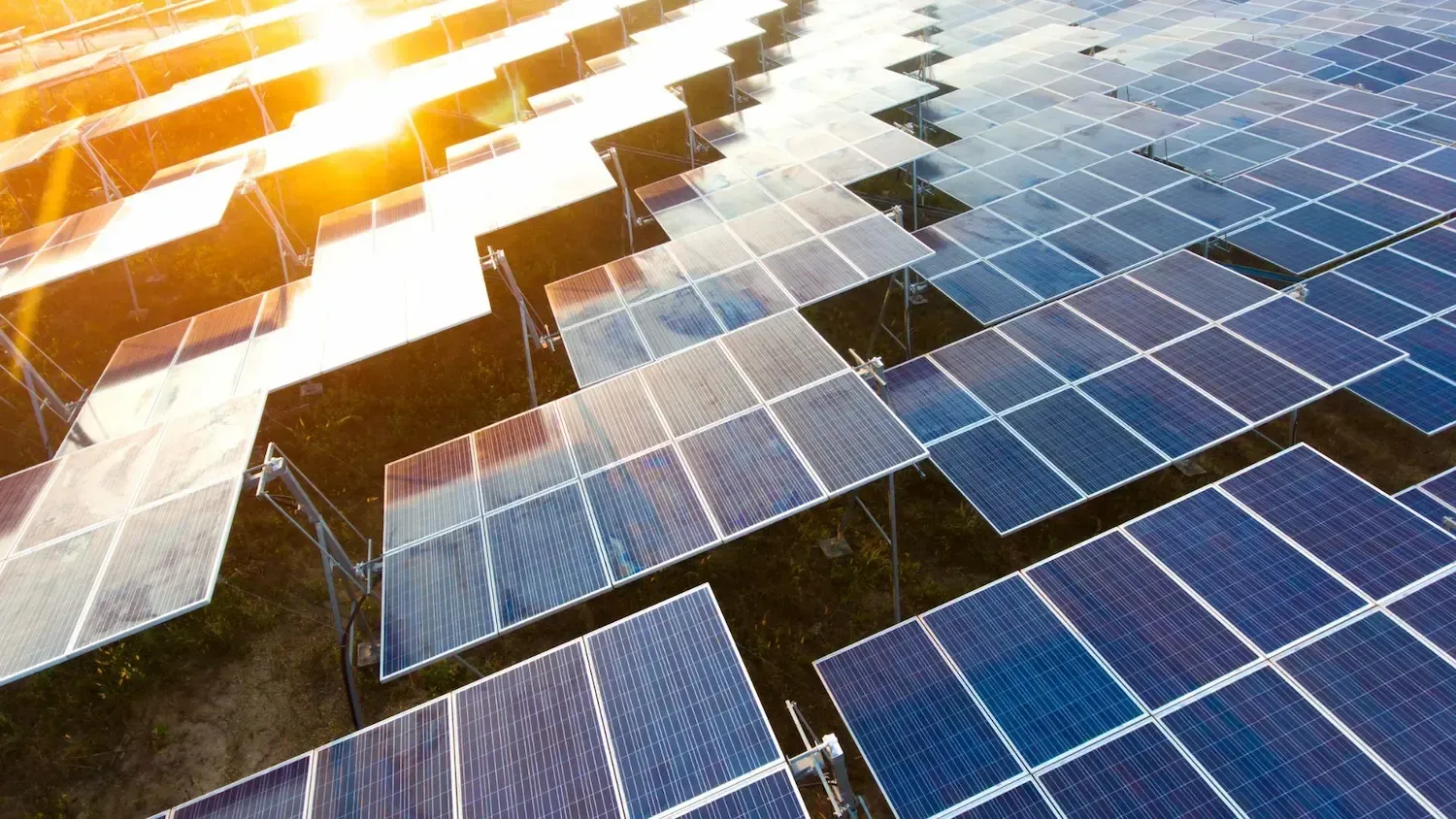There is a challenge for New Zealand ahead. It’s pretty clear that the consensus view of the New Zealand of the future involves significant electrification and a shift away from fossil fuels at point of use. However, the questions that follow shortly behind this assertion are;
Exactly how much more electricity do we need?
Where is it all going to come from?
These are the questions that Te Mauri Hiko – Energy Futures a white paper from Transpower seeks to answer.
The first is the easier question of the two. Transpower have modelled a series of scenarios making assumptions around the availability of new technology, electric car uptake, and industry conversion from coal and gas. It also makes assumptions around GDP growth, immigration, geopolitical stability and all kinds of things which will influence what society looks like in New Zealand between now and 2050.
In Transpower’s mind the most likely situation for 2050 is what they call “NZ Inc” and involves the following assumptions:
Mid-Range Economic and Population Growth
1.6°C Increase in Global Average compared to 1900 average
85% Uptake of EVs for Transport by 2050
Some uptake of EV for Heavy Land Transport
40% of gas switched to electric in Industry – Where the 60% is going to come from is a question for another day…
100% of coal switched to electric in Industry
1.5 Million Houses have solar panels on their roofs
EVs can be used as part of the network for storage and network utilisation
You can decide for yourself if these are fair but they seem realistic to us. Using these assumptions New Zealand will need an additional 60 TWh per annum of electricity by 2050. This means more than doubling the current production capacity and, for scale, this means building 270 wind turbines per year every year for the next 32 years.
Obviously, the solution isn’t just 8,600 wind turbines spread all over the country, so the question is then, where is this all actually going to come from…
Well to start off you can’t use gas or coal because that kind of defeats the purpose of electrification therefore it’s down to renewable resources to pick up the slack.
There’s no perfect renewable resource though:
Solar – Minimal production in New Zealand during peak demand
Wind Farms – Public Opposition combined with limited locations
Hydro – Most easy options already been captured plus public opposition
Geothermal – Limited Locations also still contributes to global warming
Marine – No operating plants in New Zealand as well as having an impact on the marine environment
However, compromises must be made, and the shortfall must be made up. Transpower suggests that the best combination is:
That’s not just one of those options; that’s all those options combined! Over the next 10 years, approximately 3 GW of generation will need to be built. For perspective, in the last 10 years, only 0.9 GW of renewable energy power stations were commissioned.
Energy consultants play a crucial role in helping businesses navigate this transition, providing expert advice on sustainable energy solutions and strategies to meet the growing demand. So, if you’re in the turbine or solar panel sector it might be a good idea to stock up.
Around the office our favourite option is rapid expansion of tidal power. Proximity to main users, less impact on the general public than wind turbines, consistent year round and scalable. The main issue would be the impact on the marine environment but through good planning and strategy this could be mitigated but the fact of the matter is there’s no perfect solution. Although this does look promising.
The interesting thing is that meeting annual demand is only half the battle. The other half is all about meeting peaks which with some of the options i.e solar and wind, is pretty difficult to do. There are a few options out there to smooth these out including significant battery networks, utilising personal EVs, production of hydrogen and storage as ammonia for future use as well as over building and the possibility of retaining gas peakers (although current gas plants don’t have sufficient capacity for this and it wouldn’t be a great political look to build a new one…). But again, none of these are ideal but a combination might be able to handle it.
At the end of the day the concept of a clean green electrified New Zealand is ideal but there are some significant challenges ahead to reach this utopia. It’s going to take significant investment, innovative thinking and compromise from the entirety of New Zealand but when you consider the alternative there’s not really much of a choice.
This obviously just skims the surface of the paper and if you’re even remotely interested in New Zealand’s future we’d definitely recommend having a flick through the full paper available here.






